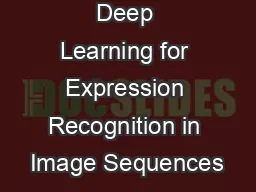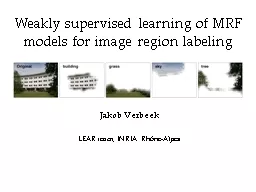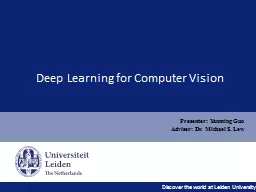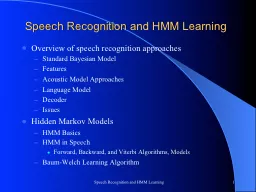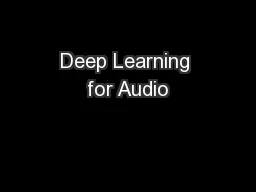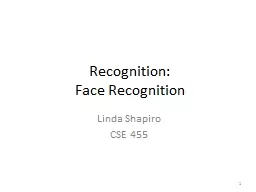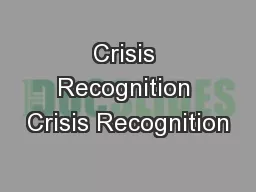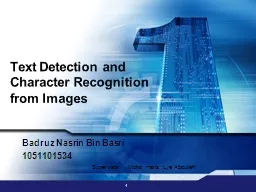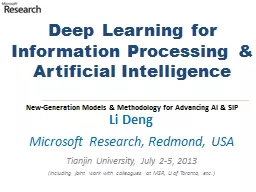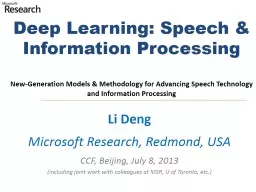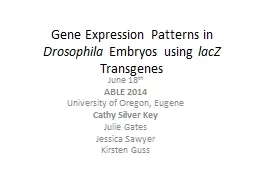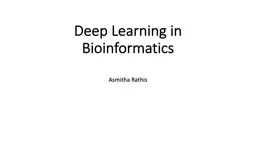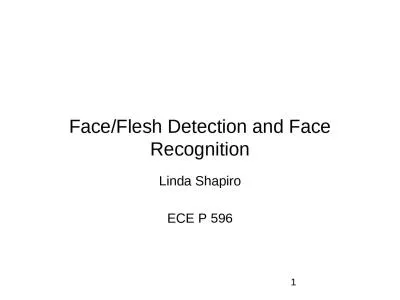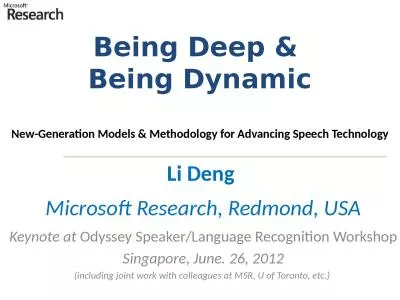PPT-Deep Learning for Expression Recognition in Image Sequences
Author : phoebe-click | Published Date : 2019-11-09
Deep Learning for Expression Recognition in Image Sequences Daniel Natanael García Zapata Tutors Dr Sergio Escalera Dr Gholamreza Anbarjafari April 27 2018 Introduction
Presentation Embed Code
Download Presentation
Download Presentation The PPT/PDF document "Deep Learning for Expression Recognition..." is the property of its rightful owner. Permission is granted to download and print the materials on this website for personal, non-commercial use only, and to display it on your personal computer provided you do not modify the materials and that you retain all copyright notices contained in the materials. By downloading content from our website, you accept the terms of this agreement.
Deep Learning for Expression Recognition in Image Sequences: Transcript
Download Rules Of Document
"Deep Learning for Expression Recognition in Image Sequences"The content belongs to its owner. You may download and print it for personal use, without modification, and keep all copyright notices. By downloading, you agree to these terms.
Related Documents

